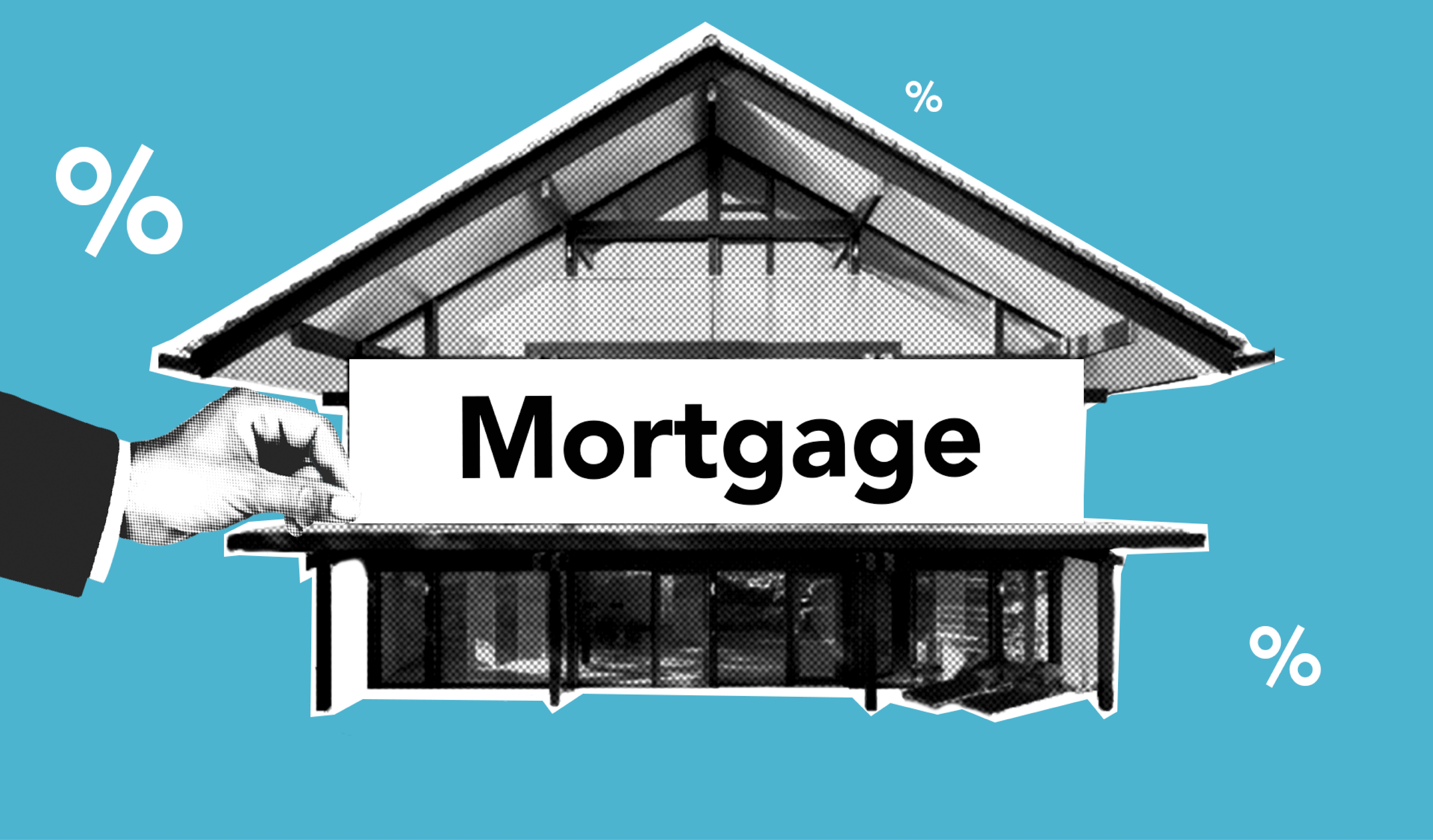
March 16, 2023
Things to consider before using a personal loan for home loan down payment
Ritu Srivastava
Property purchases have become more affordable due to the widespread availability of ready-to-move-in homes and home loans. Banks will only lend up to 80% of the property's value as a home loan, with the buyer responsible for the remaining 10%, as well as any additional transaction costs. If you do not have enough money saved, you may need to look into other options for making this down payment.
At this point, a buyer may consider applying for a personal loan rather than waiting a few years to save money for the down payment, because they are either desperate for a home of their own (the Coronavirus-induced lockdown may prompt more people to consider buying a home of their own) or want to avoid paying for the down payment.
While personal loans provide instant liquidity, because banks are quick to disburse them, a borrower must be aware of the inner workings of this product and how its purchase will affect his future financial situation.
Interest rates on personal loans
Personal loans have much higher interest rates than home loans because they are unsecured loans (banks provide these loans based on your face value, with no collateral). Currently, a buyer in India can obtain housing loans with interest rates ranging from 9% to 11%. Personal loan interest rates, on the other hand, currently range between 11% and 24%. This would significantly raise the cost of purchasing your home.
"Personal loans are only recommended when the buyer has no other choice. With higher interest rates and shorter repayment terms, they can increase the financial burden on buyers. Lower interest rates on personal loans are only possible if you have a good credit score and a consistent income. So, keep a positive attitude.
The effect of a personal loan on one's credit score
If a person takes out a personal loan to pay for a down payment on a house, his creditworthiness suffers as well. Because you used a portion of your creditworthiness and repayment capability to obtain the personal loan, the amount of home loan that the bank is willing to issue will be reduced. Typically, EMI payments should not exceed 40% of your monthly take-home pay.
Personal loan plus mortgage EMI computation
Assume you've decided on a house worth Rs 50 lakh. Because of your good credit score and timely repayment of all previous credit card loans, the bank is willing to give you a housing loan of Rs 45 lakh (90% of the property value). Because you are an old customer, the bank is also willing to make an exception for you.
At an interest rate of 8%, the EMI for a 20-year term is Rs 41,822.
You now require Rs 8 lakh as a down payment, as well as stamp duty and registration fees. You obtain a personal loan for this purpose.
The EMI is Rs 17,394 for a five-year term at an interest rate of 11%.
This means that your monthly EMI would be Rs 59,216.
Your monthly income should be around Rs 1.48 lakh for a lender to approve these two loans with a combined EMI of Rs 59,216 (the sum of all your EMIs cannot exceed 40% of your net monthly income).
It is important to note at this point that the two loans would absolutely limit your borrowing.
Tax advantages for personal loans
Personal loans for certain purposes, such as home renovation or purchase, are tax deductible under the Income Tax (IT) Act. Buyers in India can deduct the interest paid on personal loans under Section 24 (b) of the Income Tax Act if the funds are used to make a down payment on a house. If the property is self-occupied, the rebate amount is limited to Rs 2 lakhs per year. This is true even if you are using the funds to renovate your home. However, if the property is rented, the entire interest amount may be deducted.

